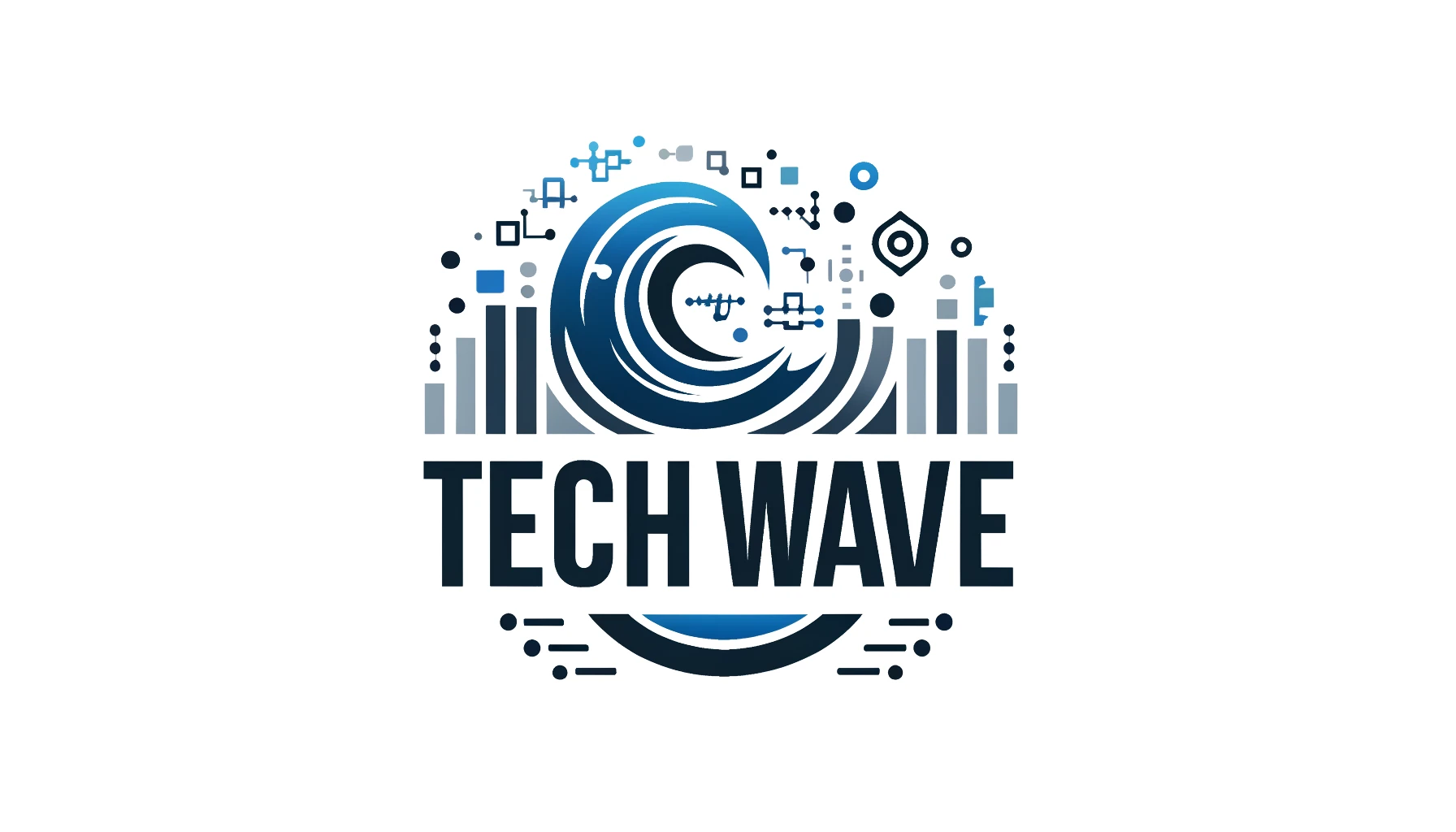Introduction As Virtual Reality (VR) technology becomes more prevalent in professional environments, from architecture firms using it for 3D modeling to educators employing it in virtual classrooms, concerns about the health implications of prolonged VR headset use are on the rise. This article delves into the potential health risks associated with VR technology in the workplace, backed by expert insights and research.
Understanding VR Technology Before assessing the risks, it is important to understand how VR headsets work. These devices use display screens placed close to the eyes, combined with motion sensors, to create immersive 3D environments that respond to the movements of the user’s head and body. While this technology can significantly enhance learning and collaboration, it also introduces a unique set of health considerations.
Visual and Physical Health Concerns
- Eye Strain and Nausea: Prolonged use of VR headsets can cause eye strain, known medically as Computer Vision Syndrome. Symptoms include discomfort, fatigue, blurred vision, and headache. Additionally, the dissonance between perceived motion in the virtual environment and the lack of actual physical movement can lead to VR-induced nausea and motion sickness.
- Ergonomic Issues: VR environments require physical movement which, if not properly managed, can lead to ergonomic issues. Repetitive motion or maintaining awkward positions for extended periods might result in musculoskeletal problems, including neck pain and back strain.
Cognitive and Psychological Effects
- Disorientation and Confusion: Spending long hours in a VR environment can lead to a form of disorientation or confusion once the headset is removed. This phenomenon, sometimes referred to as ‘VR hangover,’ might affect cognitive functions temporarily, impacting productivity and safety at work.
- Desensitization and Reality Blurring: Prolonged exposure to virtual environments could potentially lead to desensitization, where users might start feeling less impacted by real-world events. Additionally, frequent transitions between virtual and real worlds might blur the lines between reality and simulation, which could be disconcerting or lead to mental fatigue.
Potential Long-Term Risks While research is still ongoing, early studies suggest that long-term exposure to VR environments could have more profound health implications. These might include sustained vision problems, chronic headaches, or even long-term psychological effects. However, more comprehensive studies are needed to understand these risks fully.
Mitigating the Risks To combat the health risks associated with VR headset use in the workplace, employers and VR system designers can implement several strategies:
- Regular Breaks: Encouraging users to take regular breaks from VR can help mitigate eye strain and cognitive fatigue. The 20-20-20 rule, where users look at something 20 feet away for 20 seconds every 20 minutes, can be adapted for VR.
- Proper Setup and Training: Ensuring that VR headsets are correctly adjusted for each user and providing proper training on their use can reduce physical strain. Ergonomic assessments of VR setups can also help identify potential issues.
- Health Monitoring: Employers can monitor the health effects of VR usage in the workplace by conducting regular health assessments and soliciting feedback from employees about their experiences.
Conclusion While VR technology offers revolutionary potential for professional environments, it is crucial to recognize and address the associated health risks. By understanding these risks and implementing effective mitigations, workplaces can ensure that they harness the benefits of VR without compromising the health and well-being of their employees. As VR technology continues to evolve, ongoing research and adaptation will be key in addressing these challenges effectively.




